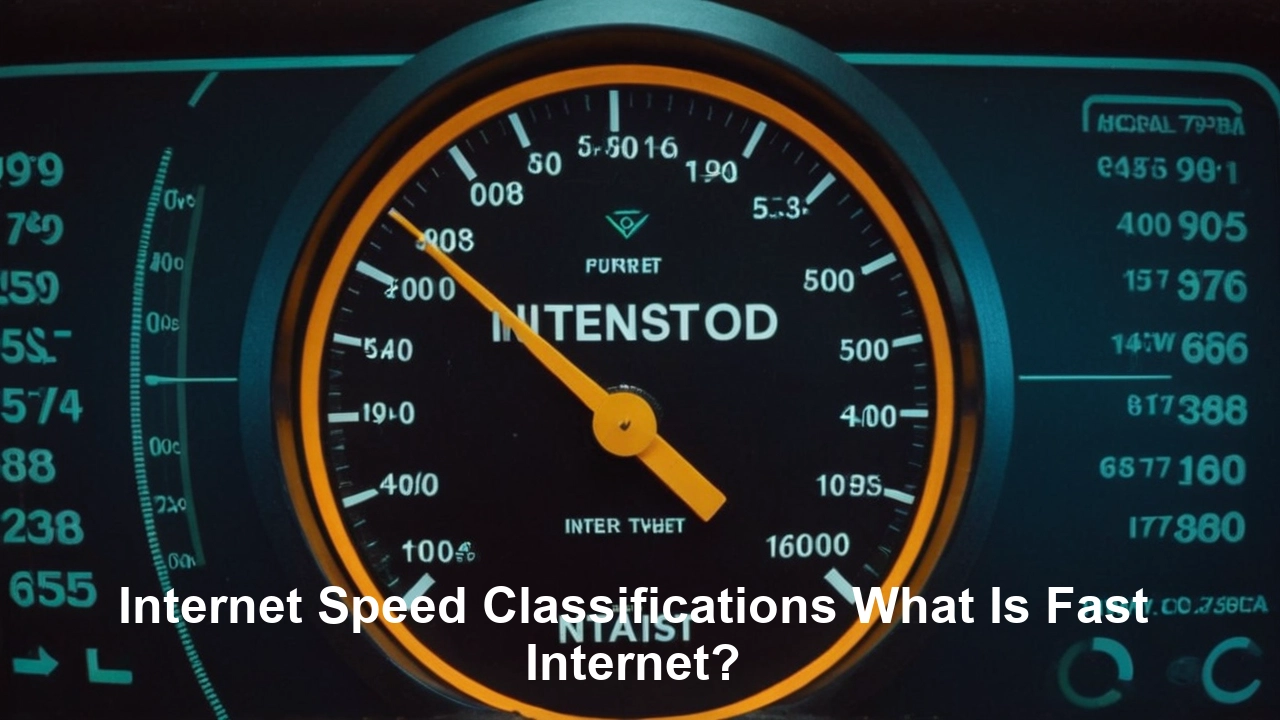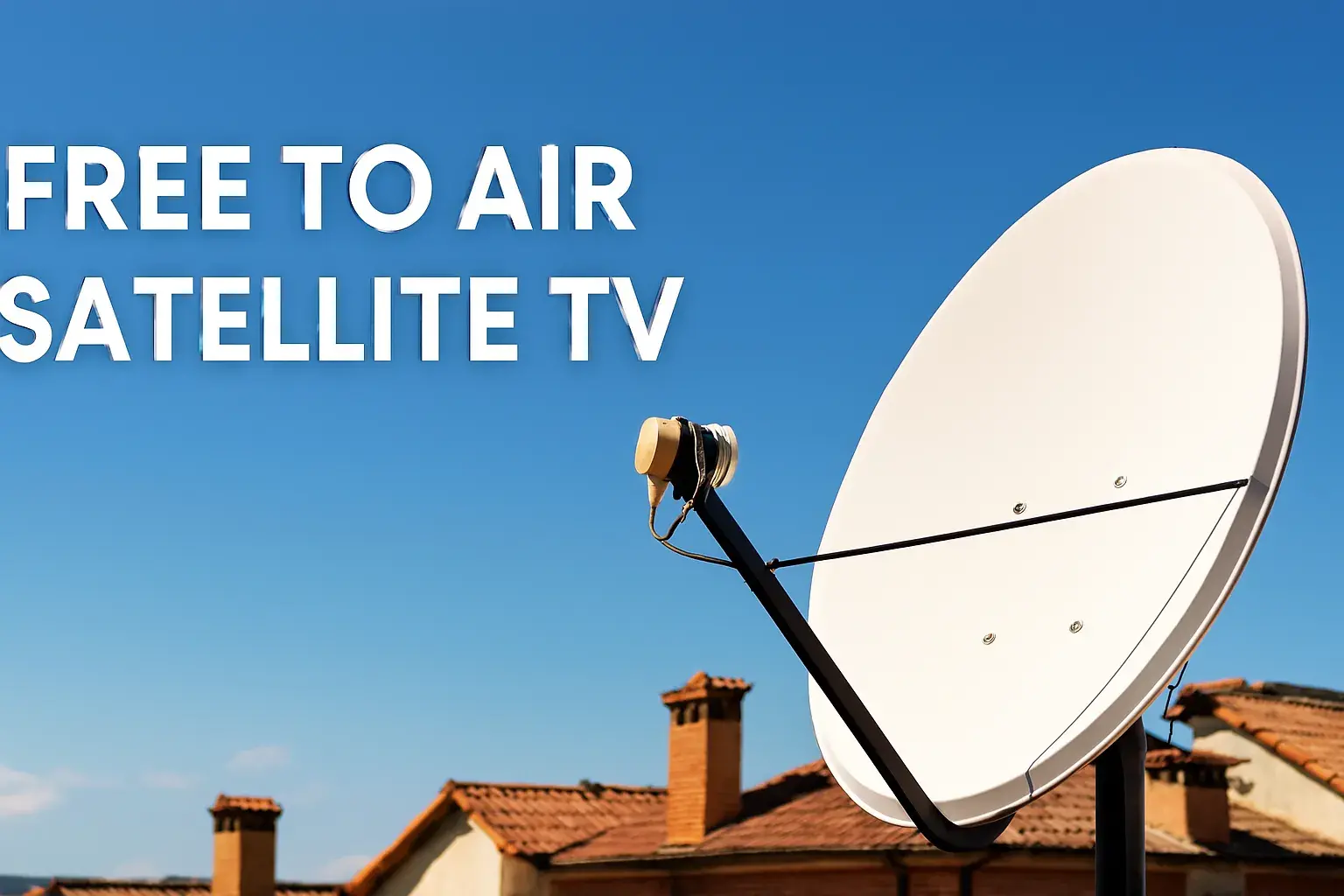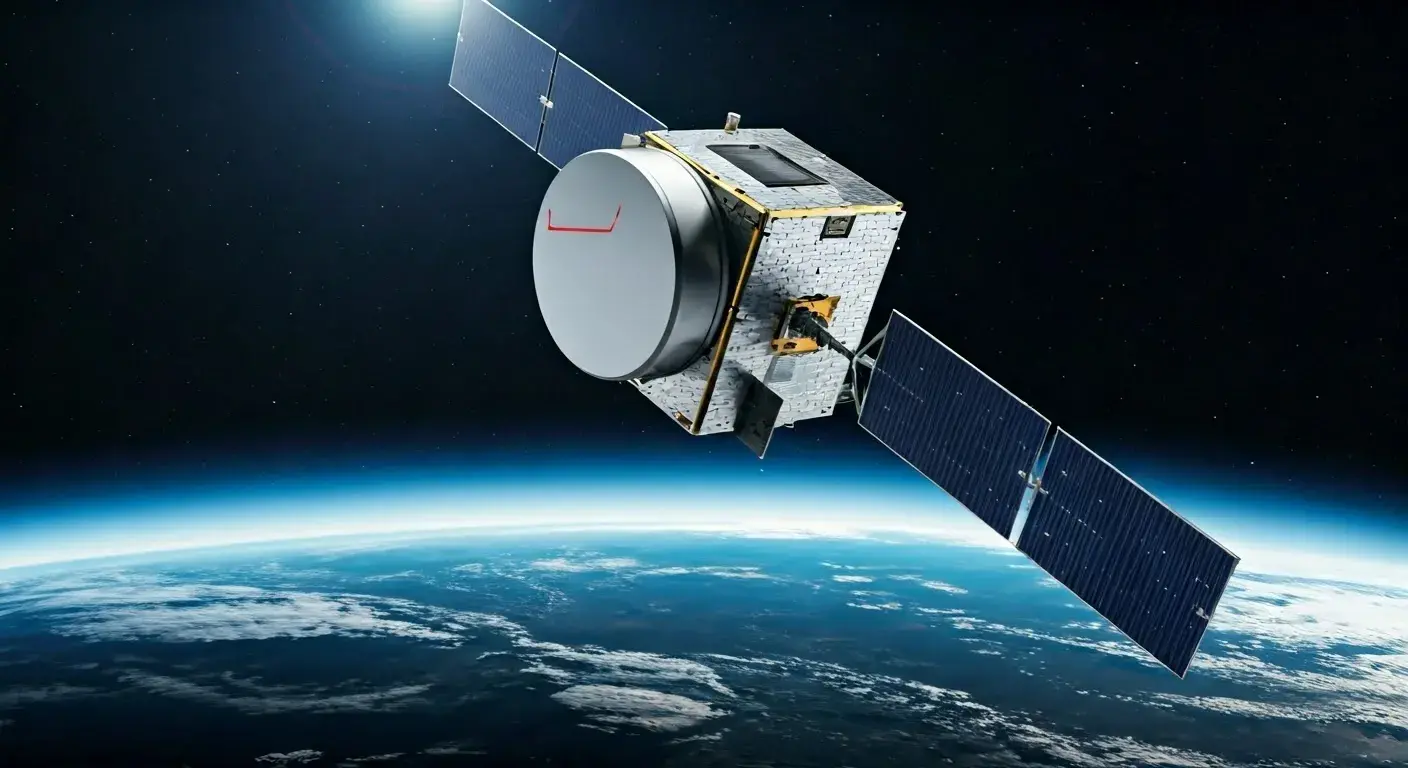-
Posted on: 23 Nov 2024

-
Coming to the present era, the speed of the internet connection has become the most important need for almost everyone. Regardless of whether you are watching television episodes or movies, having an online meeting, or working remotely, the internet connection can be the difference between an excellent and terrible experience. However, given the current existence of different classes and terminologies of the internet, it becomes difficult to define fast internet. In this blog post, let us dig through some of the internet speed classifications that are important to demystify what is considered fast internet and why it is important.
Internet Speed Classifications: Understanding the Basics
For us to give you a better understanding of fast internet, let’s discuss the internet speed classifications. The primary classifications are:
1. Mbps (megabits per second): The measure used to quantify the connection speed of a given device be it a computer or other internet-enabled gadgets.
2. Download vs Upload Speeds: Internet speed is described in two types; download speed; is the rate at which data is downloaded from the internet to the specific device being used, upload speed; is the rate at which data is uploaded to the internet from the device being used.
3. Latency: This is the duration that is taken in the inward and outward communication of data from your device to a destination. Reducing latency gives people a quicker response time with the internet.Now that you’ve got an idea of what is fast internet let us look at the various categories as well as the potential effects it can have.
1. Low Definition (below 10 Mbps)
Connection speeds below 10 Mbps are considered basic broadband good for simple activities such as browsing services and emails. While this might not be quite good enough for other intensive operations like online video streaming and online gaming.
2. Standard Broadband will be defined as the download speed range of 10 Mbps to 25 Mbps.
Average internet speed can be 10 to 25 Mbps which can be enough for those who don’t need a very fast connection for any heavy activities. This speed can handle multiple devices and usage such as browsing, streaming and limited online gaming and standard definition videos.
3. High-speed Internet bandwidth between 26 to 100 Mbps.
High-speed internet is between 26 Mbps to 100 Mbps and this next generation provides higher performance as compared to former ones. This level of speed is good enough if there are many people and gadgets in the home, including modest use of online gaming and streaming of high-definition videos.
4. Super-Fast Fiber represents a broadband connection that delivers between 101-1000 Mbps.
High-speed internet exceeding 100/8 Mbps though more often described as fiber-optic internet is considered fast. It’s the perfect house level if you have lots of people, and lots of devices online, consuming large amounts of data, streaming 4K videos, gaming or joining online video conferences.
5. Ultra-High-Speed (1000+ Mbps)
At last, internet connections of speeds higher than 1000 Mbps are referred to as ultra-high speed internet and provide the best and most stable connection to the internet to the heaviest internet users. Such speeds are appropriate for houses with many people, frequent and intense use as well as intensive data applications such as games, videos, and communication applications such as telepresence.
Why Fast Internet Matters
At present, and especially in the future, fast internet is no longer merely considered as a combination of fancy perks to human life but a crucial element to performance effectiveness and interaction with the internet. These include but are not limited to streaming video content and online gaming, as the fast internet is essential in most aspects of internet usage. Here are some reasons why fast internet matters:
1. Improved Productivity: When internet speeds are increased, the capability to work is increased, as the user is presented with information and can pass it along at breakneck speed.
2. Enhanced Communication: When internet speed is high, the responses to video conferencing and collaborative tools are improved to produce seamless efficient virtual meetings.
3. Increased Accessibility: Higher bandwidth means that users can download and/or stream all forms of multimedia data such as high-quality videos, music and other related files.
4. Advanced Technologies: Today’s ultra-high-speed internet is preparing the ground for new technologies like Virtual and Augmented Reality, which require large bandwidth.
5. Competitive Advantage: Essentially to business organizations, the faster internet provides quick data transfer, swift market data access, and better customer service.
Therefore, it is noteworthy that a fast internet connection is mandatory to get a positive response in the contemporary digital environment. When you understand the avowal internet speed classification and thus select the right plan you should use, you will enjoy the benefits of lightning-fast connection and be part of fully utilizing the internet for its full potential.





